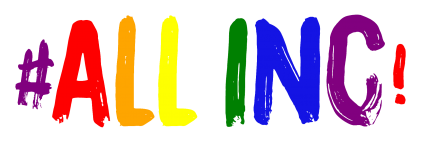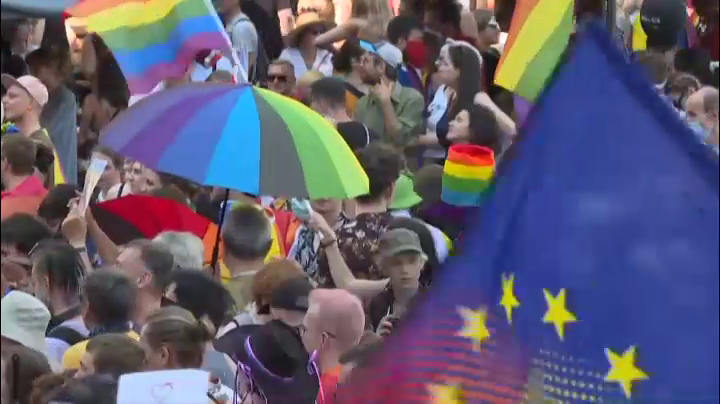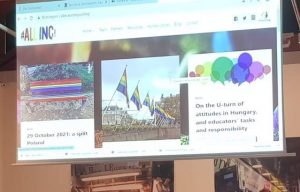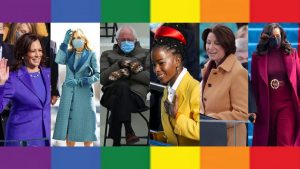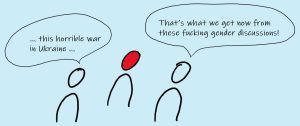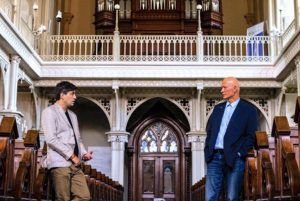Inside or outside Europe?
The events of early 1989, when the communist regime and the democratic opposition sat to negotiate, not only signalled the beginning of Poland’s transition process and triggered the fall of the Iron Curtain, but also proved the Polish people’s wish to become fully European —and enjoy the gift of democracy and cultivate the faith in liberty, equality and fraternity—.
Later developments (NATO membership in 1999; EU membership in 2004; adhesion to the Lisbon Treaty, signed in 2007 on the same day when martial law had been introduced in Poland in 1981) appeared to reinforce Poland’s commitment to Western European democratic principles.
Today, however, the Republic of Poland seems to be at a crossroads.
A backward drive is illustrated by numerous examples: an explicitly Eurosceptical national-conservative government (which, statistics show, is supported by around 30% of the population); a president of the Republic who during the 2020 campaign called the promotion of LGBT+ rights an ideology “more destructive than communism” (link 1; link 2) and referred to LGBT+ people as “not being human beings but merely an ideology”; a Constitutional Court that, the same year, put into effect new restrictions on abortion; a minister of education who sustains that women have been created to deliver children, speaks of Pride Parade participants as perverts, “not equal to normal people”, and disparages inclusive education (link)…
On the other hand, official statistics show 30% of Polish society accept same sex marriages, 10% accept their right to adopt children, and 50% tolerate LGBT+ people —while still considering them to be non-normative, though—.
The Polish political and social mainstream is becoming more and more restrictive, undermining the culture of dialogue and diversity which lies at the foundation of the European Union. The government of the Republic of Poland seems to be going against the European flow when it proclaims its own understanding of common values and its own concept of independence, flavoured with a mix of social ultraconservatism and mental post-communism as well as a state-regulated economy.
While the question of whether Poland is moving westwards or eastwards might evoke a hidden conviction of the cultural supremacy of the west above the east, it is fitting to ask whether the phenomenon of exclusion is something that the democratic opposition in communist Poland had been fighting for.
What do the people of Poland look forward to these days —homogeneity or variety, regimentation or dialogue, blind faith or critical thinking—? Each and every Polish person should ask themself such questions, if only to know where they stand today, who to vote for in the next general elections, and whether the country is inside or outside Europe.
After the backward drive in recent years, can some forward dynamics be expected? Only time will tell.
This week’s first of two posts from our Polish team comes from Barto — puno hvala, Barto!
